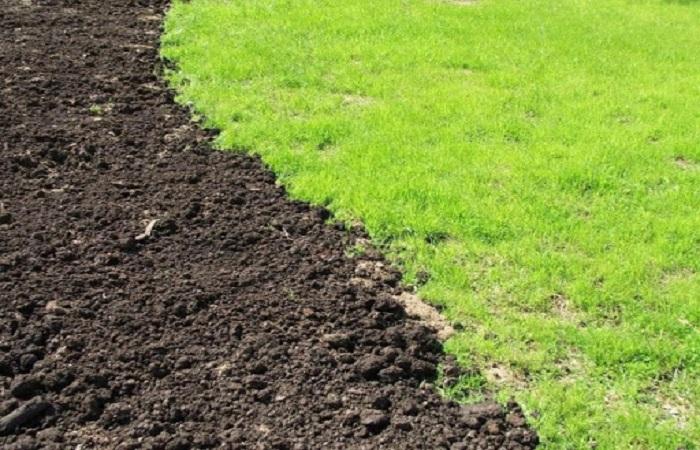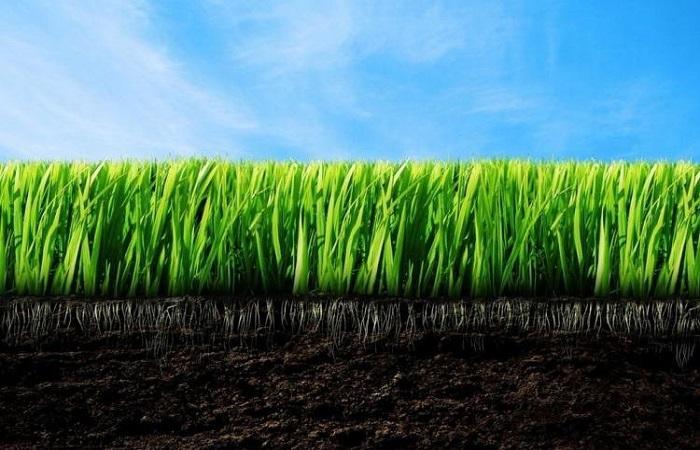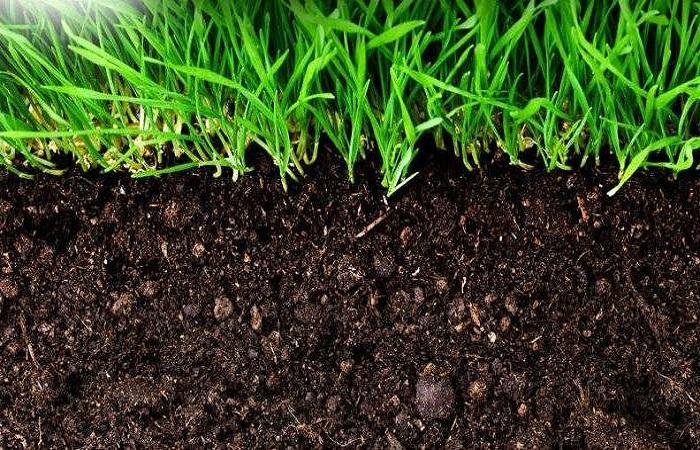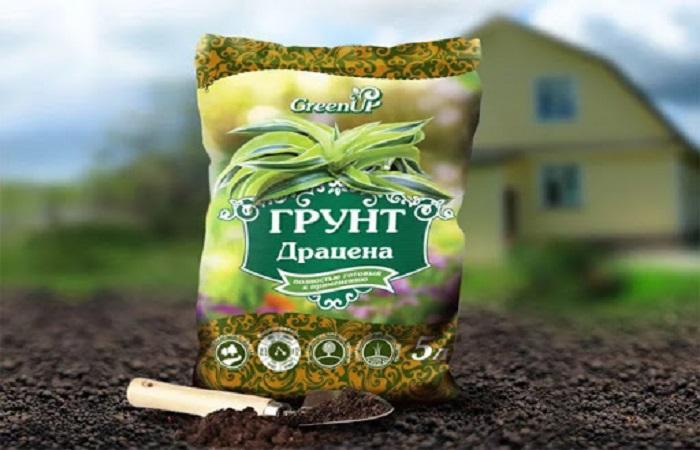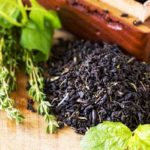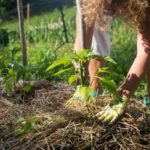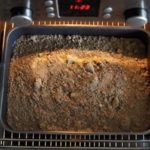The main value of the fertile soil layer is the possibility of growth and development of plant species, including agricultural ones. Let's consider what it is, how and where it is used, at what depth it lies, and what advantages it has for economic use. What criteria should you use to choose soil when purchasing for use in the household?
The fertile layer of soil is
Soil is formed as a result of the influence of soil-forming factors and consists of horizons that form a soil profile.The top layer of any type of soil is more fertile than others; decomposed remains of plant and animal material accumulate there.
It is darker than the underlying layers, since it is more or less saturated with humus, which gives the earth a dark color. This layer nourishes the plants growing on it; it is called humus or fertile.
Where is it used?
The fertile layer of soil is used in agriculture. All types of agricultural plants are grown in plowed fields. The crops grown depend on the type of soil and climate.
The fertile layer is also used in greenhouse farming; vegetables, flowers, and heat-loving plants grow in it. If the soil is poor, with poor characteristics, it can be quickly improved by pouring a layer of fertile soil on top and maintaining it with proper agricultural techniques.
Approximate depth
The thickness of the fertile soil layer varies. The type of processing and fertility depend on this indicator. On average, the depth is 30 cm; if the depth is less, the soil is considered ecologically shallow and contains a small supply of nutrients and water. The soil should not be dug up or loosened deeply, otherwise the top layer can be mixed with the underlying rock and thereby greatly reduce fertility.
Medium-deep, 60 cm thick soils are suitable for growing annual crops, grains, vegetables and shrubs. Trees that require soil depth will not be able to produce a large harvest; they will lack nutrition and moisture. Land suitable for growing fruit trees and grapes is the fertile layer of which extends below 60 cm.
Undeniable advantages
Soil is a non-renewable natural resource, the importance of which is difficult to overestimate.It supports all forms of life on Earth, serves as a source of nutrition and moisture for plants that feed animals and humans. A great variety of microorganisms, insects, and small animals live in it.
We can say that food and feed are created in the soil. It contains minerals, water, oxygen, and organic substances, so the soil provides the primary circulation of substances necessary for the life of plants and animal organisms. ¼ of the Earth's biological diversity is found in soil. These are bacteria, fungi and protozoa, thousands of species of insects, worms and mites.
Soil fertility levels recover very slowly after intensive exploitation or pollution. It takes thousands of years to form a healthy soil layer 1 cm thick, but it can be destroyed in just 1 year.
Rules for choosing when purchasing
The soil that can be purchased is often an artificial mixture of turf soil or black soil, peat and sand, taken in the optimal ratio. It has a good mechanical composition, lumpy, light and loose, while at the same time retaining microelements and water, that is, it has properties most suitable for most plants. The mixture is enriched with fertilizers; its acidity is usually neutral. A properly prepared mixture should be free of pathogens and pests.
Good purchased soil is suitable for growing vegetables, shrubs, ornamental trees, and flowers.The mixture can be used whole, poured into pots or beds, or mixed with the original soil in a 1 to 1 ratio.
The topsoil's characteristics and thickness reflect its fertility. It determines how valuable the soil is for economic use. Powerful, naturally fertile soils make it possible to obtain excellent yields using standard agricultural practices.

